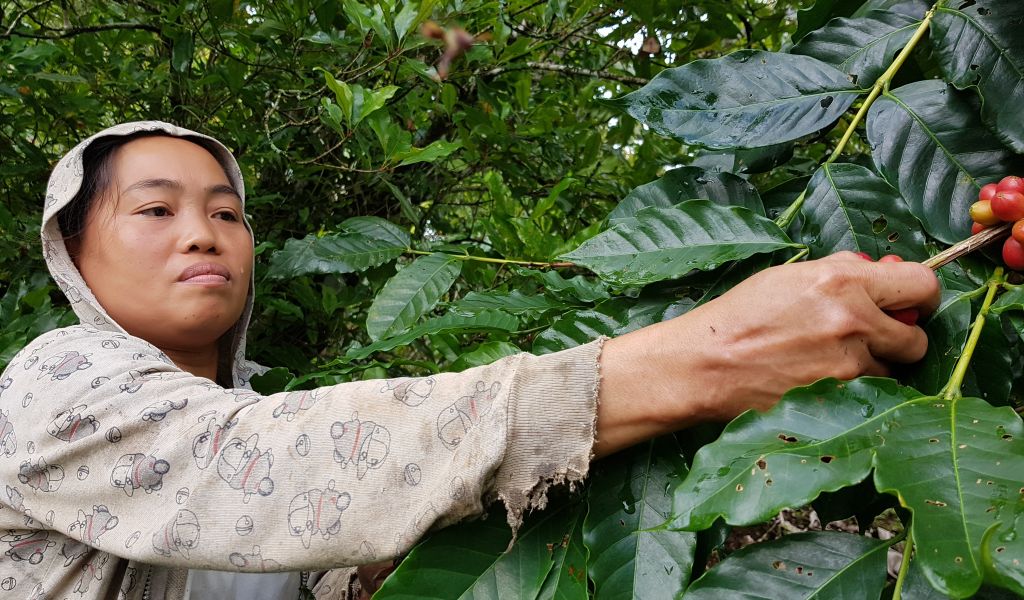The Rights and Resources Initiative releases new report on fortress conservation and human rights

"Indigenous Peoples face significant human rights abuses in the world's protected areas, part of the disturbing uptick of criminalization and even extrajudicial killings that I have observed in my role as Special Rapporteur," writes Victoria Tauli-Corpuz in the opening letter to Cornered by Protected Areas, a newly published report by The Rights and Resources Initiative. As the UN Special Rapporteur on the Rights of Indigenous Peoples, Ms. Tauli Corpuz joined with Dr. Janis Alcorn and Dr. Augusta Molnar to report on the connection between fortress conservation and human rights abuses within local and Indigenous communities.
As the authors note, despite the near-universal approval of the UN Declaration on the Rights of Indigenous Peoples (UNDRIP) in 2007, little has changed for the indigenous and local communities directly impacted by state-sanctioned conservation projects. This is especially true in recent decades as protected areas have tripled between 1980 and 2005.
The result, as the report shows, has been an increased prevalence of human rights abuses particularly directed towards communities who view the land as belonging to them; claims that are often rooted in understandings of customary ownership and extend back generations. "Evictions from homes, the burning of houses, and the destruction of productive assets are other violent tools used against Indigenous Peoples and local communities in the establishment and expansion of protected area," writes the authors, commenting on their research. These tactics damage livelihoods, threaten cultural identity, and increase the likelihood of conflict breaking out in vulnerable communities.
Additionally, these abuses have tangible effects on conservation efforts. As the authors suggest, Indigenous Peoples and local communities are major investors in conservation, contributing about 16 - 23 percent of the amount spent by governments, donors, foundations, and nongovernmental organizations combined. The outcome in terms of conservation, however, is arguably equitable:
"It can be argued that communities are more efficient in such conservation than the conventional fortress model because they spend less per hectare yet are likely to achieve at least equivalent conservation outcomes."
And it is for this reason that RRI has consistently promoted the need for a rights - based approach when dealing with conservation projects. To read the suggestions posited by this experienced research team, please read the full report here.
RECOFTC is an implementing partner in the Rights and Resources Initiative.

